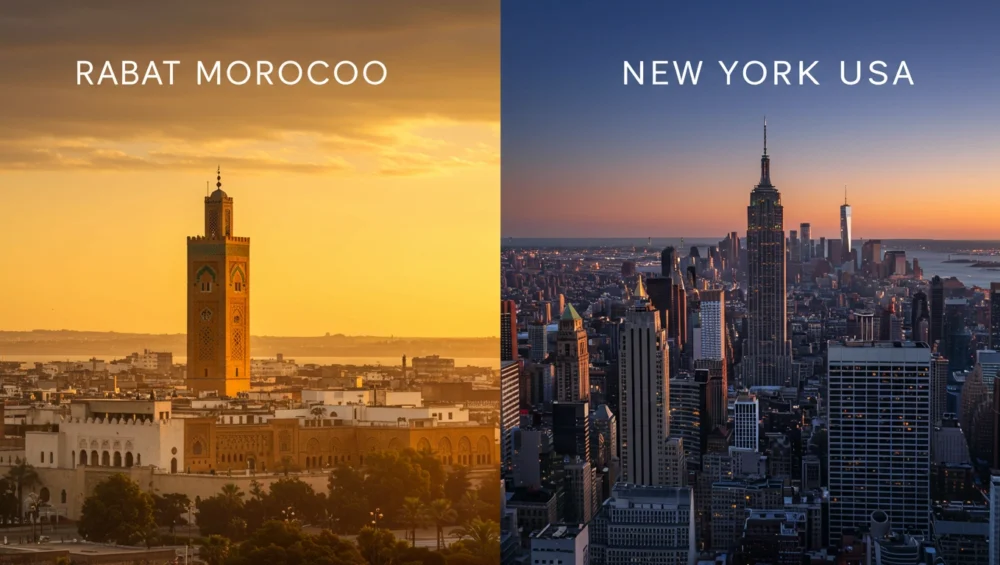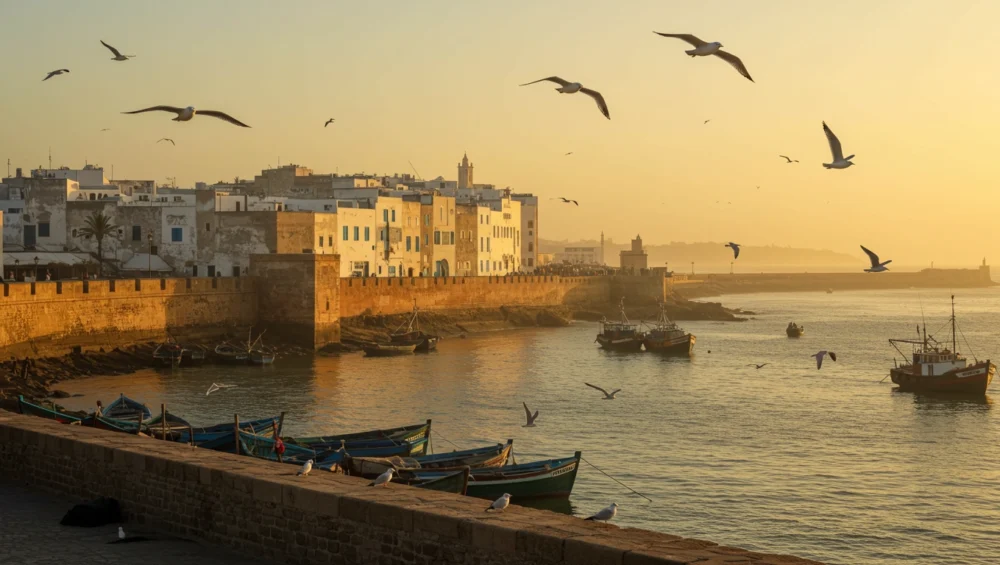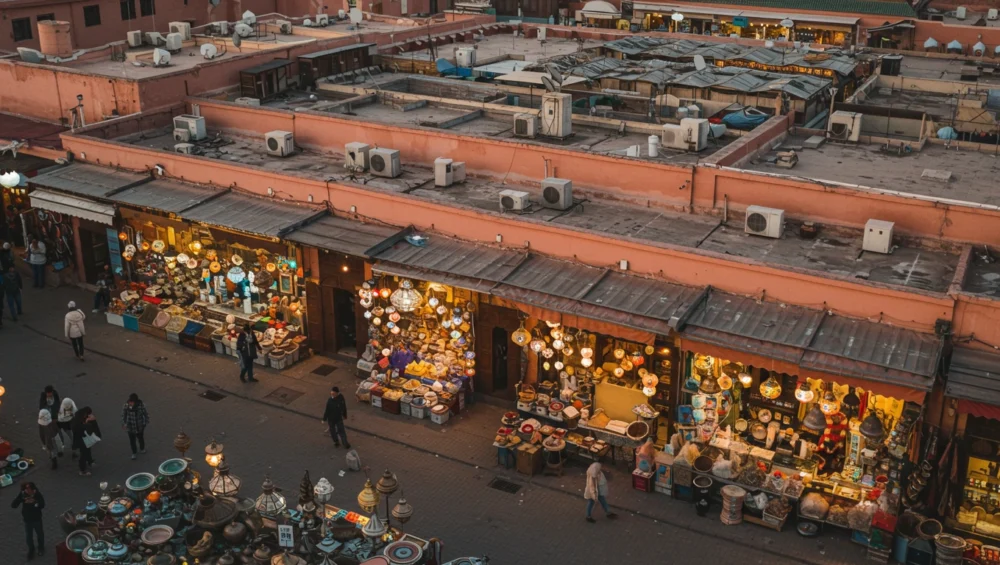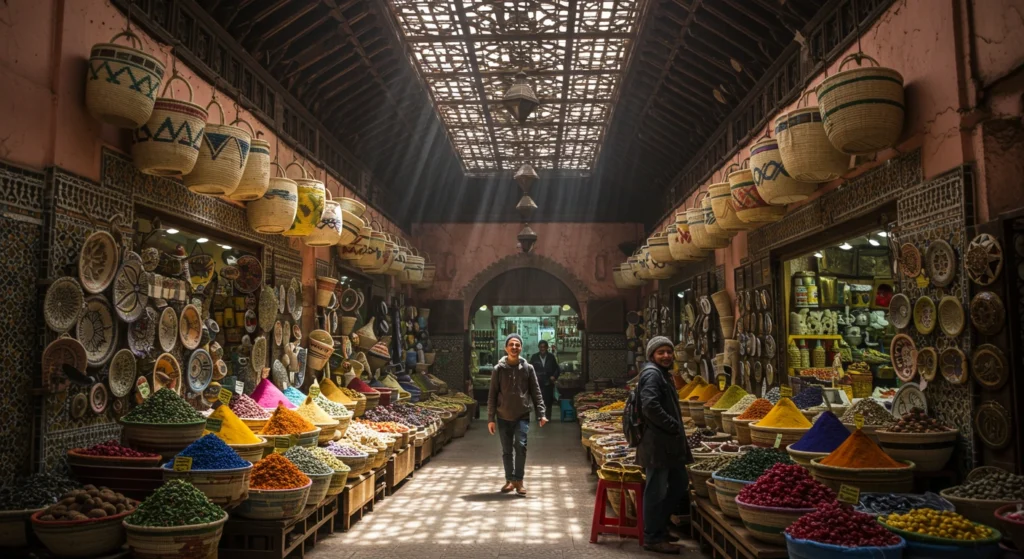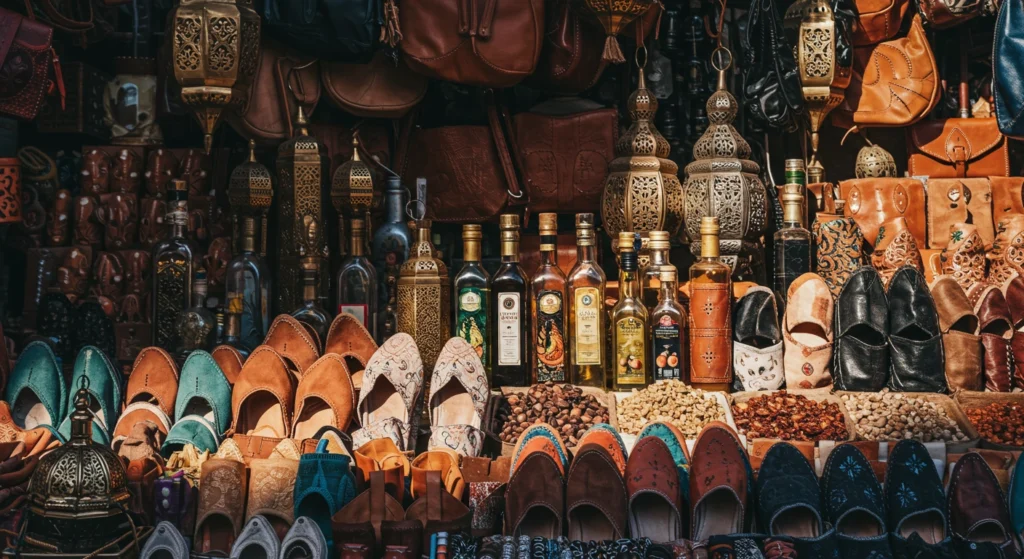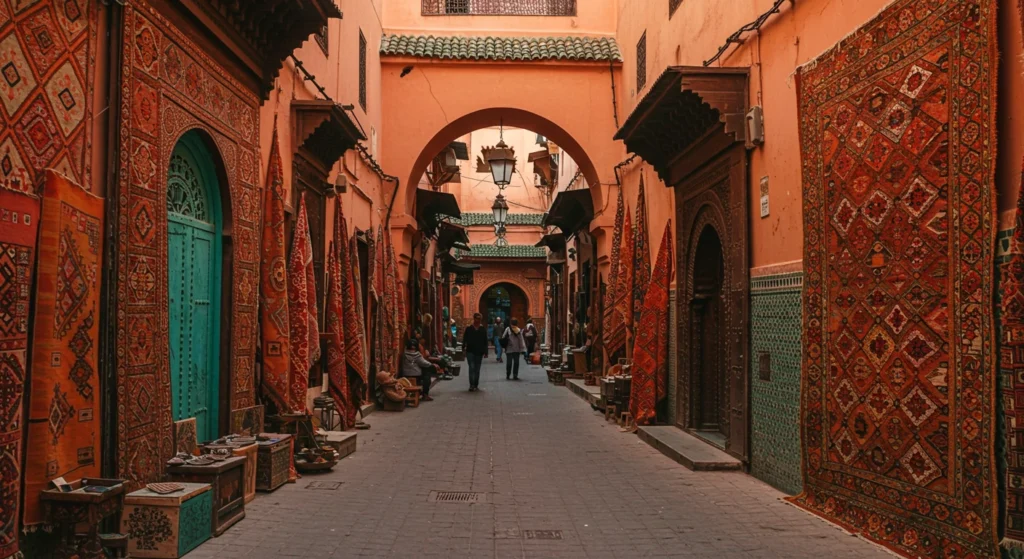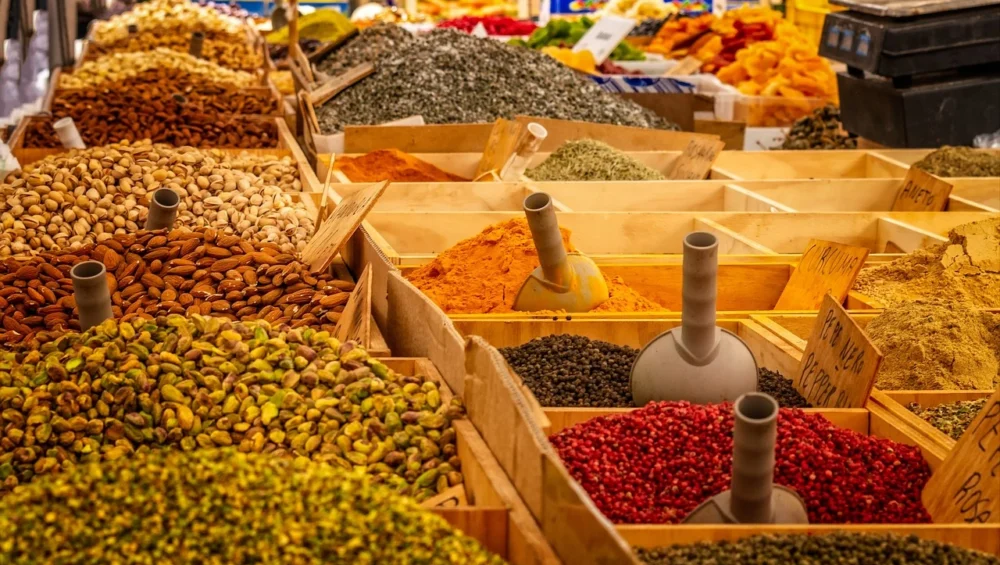Time in Morocco Now – What’s the Current Time in Morocco Right This Moment?
Time in Morocco Now: Have you ever found yourself wondering what time it is in a place thousands of kilometers away? Maybe you’re about to call a business contact in Casablanca, schedule a Zoom with a friend in Fez, or plan a layover at Marrakech airport. Whatever your reason, knowing the time in Morocco now helps you avoid confusion and stay in sync with Moroccan life.
Morocco’s rhythm is deeply influenced by its culture, faith, and modern-day schedules. From the call to prayer echoing through the medinas to the markets that buzz after sunset, time plays a powerful role. Let’s dive into everything you need to know about the current Moroccan time and how it impacts your interactions.
What Time Is It in Morocco Right Now?
Live Clock
You can check the exact time in Morocco now through a real-time world clock or use your device’s automatic time zone feature. Morocco typically follows:
- Western European Time (WET) – UTC+0
- Western European Summer Time (WEST) – UTC+1 (during daylight saving)
Time difference varies throughout the year due to Morocco’s unique daylight saving rules. You can always refer to TimeAndDate or WorldTimeServer for real-time updates.
Morocco Time Zone Details
Understanding Morocco’s Standard Time
Morocco’s timekeeping system is simple on the surface but changes depending on the season:
- Standard Time: WET (UTC+0)
- Daylight Saving Time (DST): WEST (UTC+1)
↺ Does Morocco Observe Daylight Saving Time?
Yes, but with a twist. Morocco pauses daylight saving time during the holy month of Ramadan. Here’s how it usually works:
- DST starts: Last Sunday of March
- DST is paused: Around the beginning of Ramadan (varies yearly)
- DST resumes: About 2-3 weeks after Eid al-Fitr
So if you’re visiting or coordinating remotely, you need to pay close attention to Islamic calendar changes that affect timekeeping.
Time Difference Between Morocco and Major Countries
Morocco’s time might differ depending on where you are. Here’s a quick overview of time differences:
| Country | Time Difference (WET) | Time Difference (DST) |
| USA (New York) | -5 hours | -4 hours |
| UK (London) | 0 hours | +1 hour |
| France | +1 hour | +1 hour |
| UAE (Dubai) | +4 hours | +3 hours |
| India (Delhi) | +5.5 hours | +4.5 hours |
• How to Use This Table:
- Set reminders using these differences for meetings
- Plan layovers or virtual calls with less hassle
How to Keep Track of Time in Morocco on Your Device
Mobile & Desktop Settings
Most smartphones and computers let you auto-sync with local time zones. Here’s how:
- Android:
- Go to Settings > System > Date & Time
- Enable “Automatic time zone”
- Go to Settings > System > Date & Time
- iPhone:
- Go to Settings > General > Date & Time
- Enable “Set Automatically”
- Go to Settings > General > Date & Time
- Windows/Mac:
- Add “Casablanca” to your World Clock widgets
- Add “Casablanca” to your World Clock widgets
Helpful Apps:
- Google Clock App
- World Clock by timeanddate
- Muslim Pro (for prayer times + local time)
Time in Morocco and Cultural Rhythms
Daily Life Runs on Local Time
In Morocco, daily life bends around time but in unique ways. Time isn’t just a number it’s part of life’s pulse.
Daily Prayer Times
One of the most important aspects of Moroccan time is prayer times (salat). These vary slightly by city and are based on the sun’s position:
- Fajr (pre-dawn)
- Dhuhr (midday)
- Asr (afternoon)
- Maghrib (sunset)
- Isha (night)
Muslim Pro or local mosque apps help travelers keep track easily.
Mealtimes in Morocco
- Breakfast: Around 8:00–10:00 AM
- Lunch: Between 1:00–3:00 PM
- Dinner: Typically 8:00–10:00 PM
During Ramadan, this flips:
- Iftar (break-fast): At sunset (Maghrib)
- Suhur (pre-fast): Just before Fajr
Why Travelers Should Check the Current Time in Morocco
Planning Arrivals and Departures
If you’re flying into Morocco or catching a connecting flight, time zone differences can throw off your plans. Always confirm with:
- Airline local time vs. your device time
- Hotel check-in schedules
Booking Tours and Excursions
Many Moroccan tours begin just before sunrise or sunset. Knowing the correct time is crucial for:
- Sahara tours
- Desert dinners in Agafay
- Sunset camel rides
Booking platforms like GetYourGuide or Viator list start times in local Moroccan time.
FAQ – Frequently Asked Questions About Time in Morocco Now
What time is it in Morocco right now?
You can find the exact time using your device’s clock or check an online world clock set to Casablanca.
Does Morocco use daylight saving time?
Yes, but it’s paused during Ramadan and resumes after Eid al-Fitr. Always double-check around those dates.
Is Morocco in the same time zone as the UK?
For most of the year, yes. But during British Summer Time (BST), the UK is one hour ahead.
How can I convert Morocco time to my local time?
Use apps like Google Clock, TimeBuddy, or just search “Time in Morocco Now” on Google for real-time conversion.
Conclusion – Stay On Time, Stay Connected
Keeping track of the time in Morocco now is more than a detail it’s how you stay connected to your plans, people, and purpose. With a little prep and the right tools, you can avoid miscommunication, missed flights, and mangled meeting times.
Whether you’re traveling through the ancient medinas, planning a call with a Moroccan client, or preparing for Ramadan from abroad, staying on schedule in Morocco helps everything fall into place.
Don’t leave it to chance. Add Morocco to your world clock and stay ahead of time, every time.
Have friends or colleagues who also need to stay in sync with Morocco? Share this article and help them stay on track. And if you’re traveling soon, bookmark this page so you never lose track of the moment wherever you are in the world.
Need a time zone converter, travel planning tips, or Ramadan calendar for Morocco? Drop your question in the comments or reach out we’re here to help.
Check the current time in Morocco now with local time zone info for Rabat.

